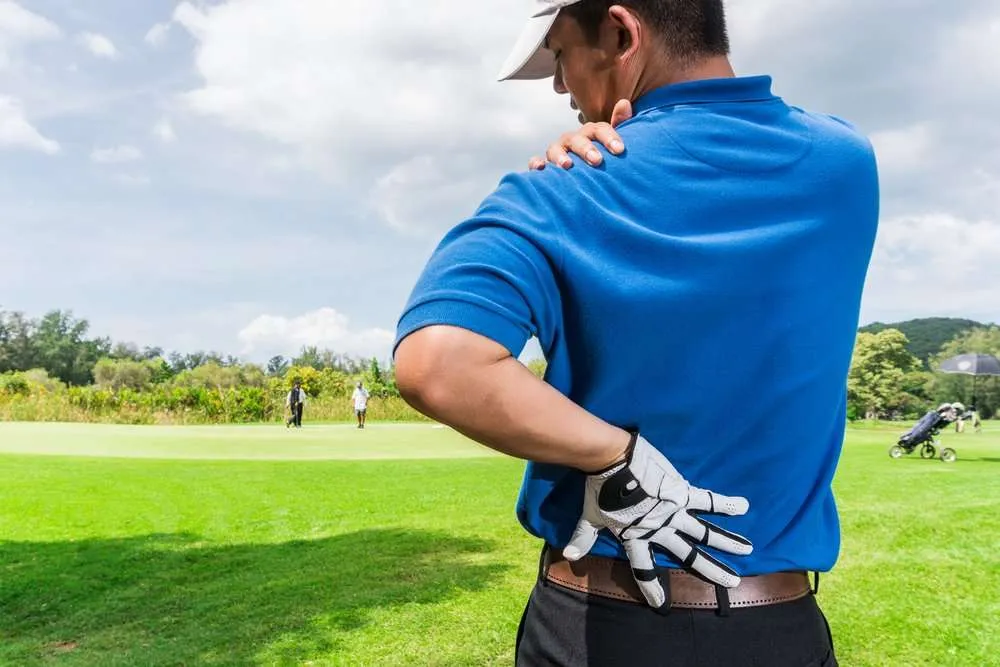Basketball, with its fast-paced dribbles, high-flying dunks, and lightning-quick crossovers, is a sport that demands agility, precision, and strength. However, it also places tremendous strain on the knees, making basketball knee injury a common concern among players of all levels. In this article, we’ll explore the various types of knee injuries that can occur on the basketball court and delve into effective strategies for prevention and management.
Understanding the Risk:
Basketball is an exhilarating game, but it comes with a price: the risk of knee injuries. Why are basketball players more prone to these types of injuries?
- Sudden Stops and Pivots: Basketball is characterized by rapid changes in direction. Players must pivot, stop abruptly, and change their momentum frequently. These actions put immense pressure on the knees, increasing the risk of injury.
- High Impact Landings: Jumping is a fundamental skill in basketball. Whether it’s for a layup or a slam dunk, players are constantly jumping and landing. The impact from these landings can damage the knees over time.
- Physical Contact: Basketball is a contact sport, and collisions are common. These impacts can cause trauma to the knee joints, leading to various injuries.
Now, let’s take a closer look at some of the most prevalent knee injuries in basketball and how they can be managed.

Common Basketball Knee Injuries:
- Anterior Cruciate Ligament (ACL) Tear:
An ACL tear is one of the most feared injuries in basketball. It occurs when the ACL, a ligament that stabilizes the knee joint, is torn. This injury is often accompanied by a loud “pop” and severe pain. Treatment usually involves surgery and extensive rehabilitation.
Prevention: Strengthening the muscles around the knee, especially the quadriceps and hamstrings, can help reduce the risk of an ACL tear. Additionally, practicing proper landing techniques and avoiding overexertion can be beneficial.
- Meniscus Tear:
The meniscus is a rubbery, C-shaped cartilage that acts as a shock absorber in the knee joint. A meniscus tear can happen when the knee is twisted while bearing weight. Symptoms include pain, swelling, and limited range of motion.
Prevention: Strengthening the muscles supporting the knee can help prevent meniscus tears. It’s also essential to maintain proper landing and pivoting techniques to reduce the risk of twisting the knee.
- Patellar Tendinitis (Jumper’s Knee)
Jumper’s knee is characterized by pain and inflammation in the patellar tendon, which connects the kneecap to the shinbone. The repetitive jumping and landing in basketball can lead to this condition.
Management: Rest, ice, and physical therapy are commonly used to treat patellar tendinitis. Reducing the intensity of basketball activities during recovery is crucial.
- MCL and LCL Sprains:
The medial collateral ligament (MCL) and lateral collateral ligament (LCL) are responsible for stabilizing the knee joint from side-to-side movements. Sprains in these ligaments can occur due to sudden blows or awkward landings.
Treatment: Mild sprains can often heal with rest and physical therapy, while severe sprains may require bracing or surgery.
Managing Basketball Knee Injuries:
Effective management of basketball knee injuries involves a combination of prevention, treatment, and rehabilitation. Here are some strategies for players to consider:
- Proper Warm-Up and Stretching: A thorough warm-up routine that includes dynamic stretching can prepare the muscles and joints for the demands of basketball.
- Strength Training: Regular strength training exercises, focusing on the muscles around the knee, can improve stability and reduce the risk of injury.
- Rest and Recovery: Overtraining can lead to fatigue and increase the likelihood of injuries. Adequate rest and recovery time between games and practices are essential.
- Supportive Gear: Quality basketball shoes with proper ankle and arch support can help reduce the impact on the knees. Knee braces may also provide additional support for players with a history of knee injuries.
- Seek Professional Help: If an injury does occur, it’s crucial to consult with a sports medicine specialist or orthopedic surgeon. They can provide a precise diagnosis and recommend the most appropriate treatment plan.
- Rehabilitation: Following an injury, rehabilitation is essential to regain strength and flexibility. A physical therapist can create a personalized plan to aid in recovery.
Conclusion:
Basketball is a thrilling sport that offers countless benefits, but it’s not without its risks, especially when it comes to knee injuries. Understanding these risks and taking proactive measures to prevent them is essential for players who want to enjoy the game for years to come.
By focusing on strengthening, proper technique, and seeking professional help when needed, basketball players can dunk the pain and continue to excel on the court while minimizing the risk of knee injuries. Remember, the goal is not just to win the game but to play it with longevity and health in mind.


 Home
Home










